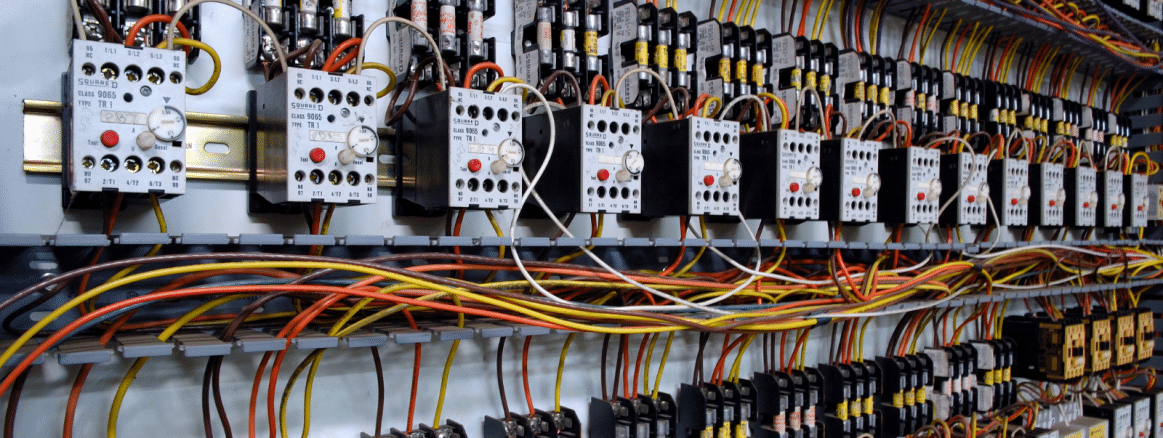
Fusing is one of the most essential aspects of electrical wiring of photovoltaic systems. Fuses provide integral protection against overcurrents that could otherwise damage your valuable PV equipment. Furthermore, using an incorrect fuse can be extremely hazardous!
When sizing the fuse, the most common calculation method is to multiply a branch's continuous load/feed current by 1.25 and use the closest rated fuse that is greater than your result. However, there are exceptions to this calculation method.
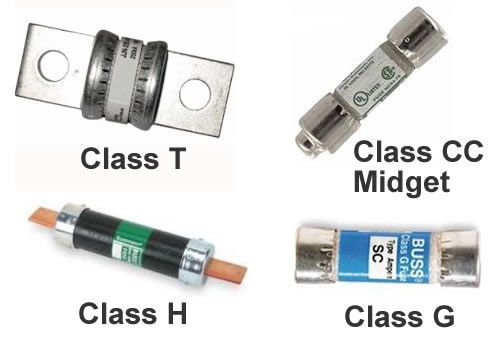
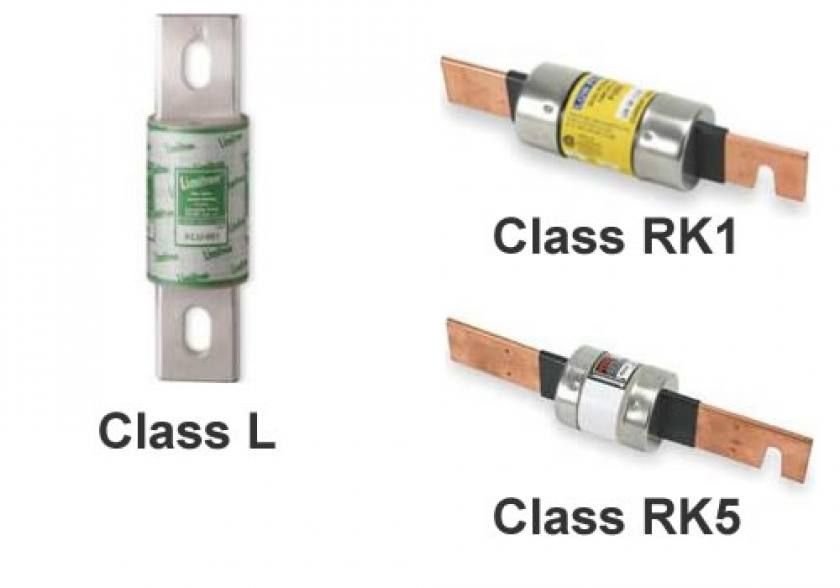
We have observed that a common mistake is to use a fuse rated for 600 VAC on a DC disconnect rated for 600 VDC. At first sight, the cable size and the current rating may seem correct. However, the voltage rating (a small description on the fuse) is even more important than the current rating in some circumstances. AC-rated fuses SHOULD NOT be used in DC voltage circuits unless the fuse manufacturer provides DC application ratings.
The characteristics and certification of the fuses are typically defined on the fuse label. UL and CSA are the most common fuse certifications used in North America. The fuse label may provide information on the applicable AC or DC voltage, the maximum current rating, and other information such as "interrupting rating," "current limiting," "time-delay," and "fast-acting." See definitions of these specifications explained below.
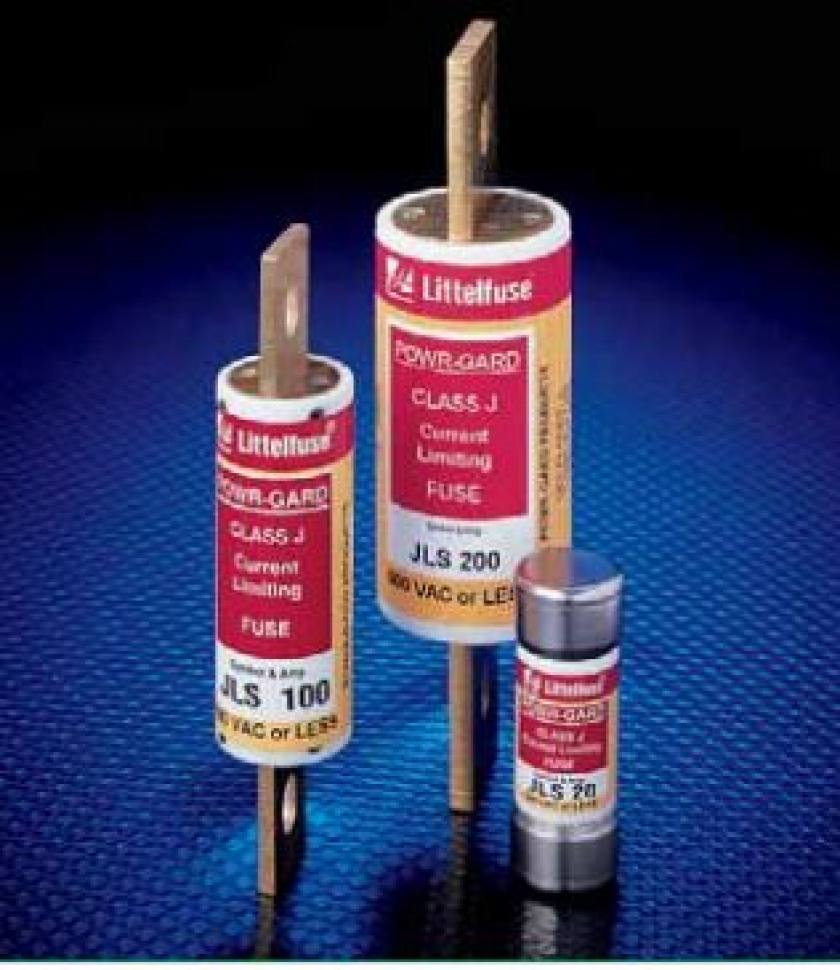
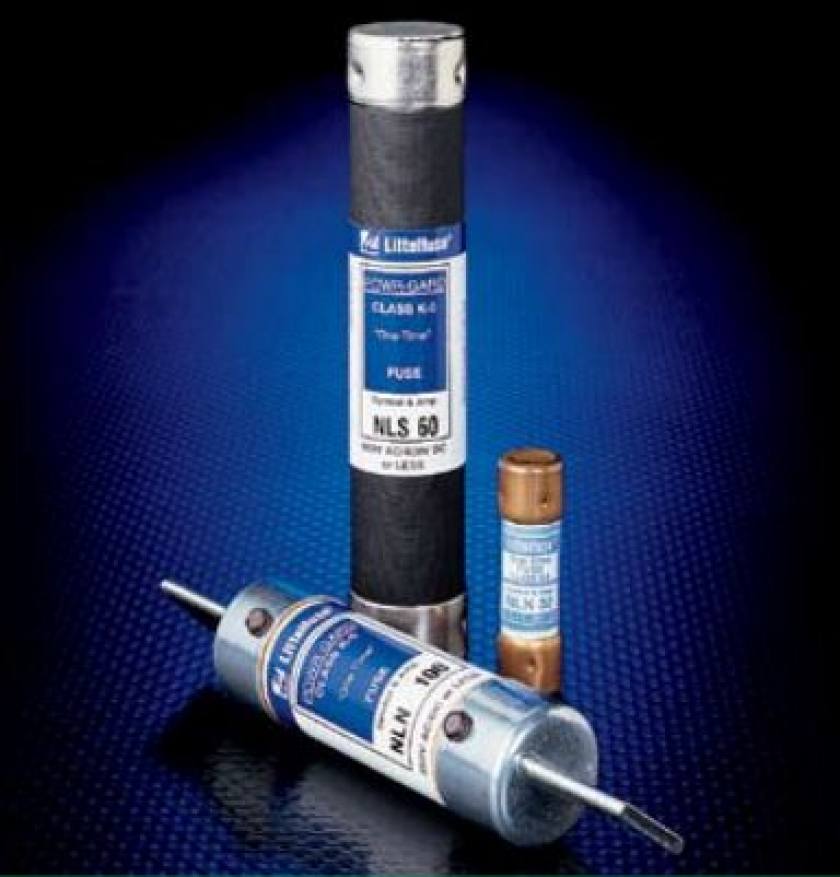
Refer to NEC code Article 240 Overcurrent Protection when sizing the fuses for your application.
- Interrupting rating: The interrupting rating is the current that a fuse, circuit breaker, or other electrical apparatus can interrupt without being destroyed or causing an electric arc of unacceptable duration.
- Current limiting: A current-limiting device reduces the peak let-thru current to a value substantially less than the potential peak current that would occur if the current-limiting device were not used.
- Time-delay: A fuse in which the burnout action depends on the time it takes for the overcurrent heat to build up in the fuse and melt the fuse element.
- Fast-acting: A fuse that opens on overload and short circuits very quickly. It is not designed to withstand temporary overload currents associated with some electrical loads.
| Fuse Type | Max. Current Rating | ACVoltage Rating | Classification | General Use | UL Notes |
| Class L | 601-6000A | 600 VAC DC Optional | -Non-renewable, -Current-limiting, -Bolt-in -Time-delay | Service switches, Switchboard mains and feeders, Bolted pressure contact switches, Motor control center mains, Large motor branch circuits, UL Listed series-rated protection for molded case circuit breaker, panelboards and loadcenters, Primary and secondary protection for transformers, Protection of power circuit breakers | UL 248-10 |
| Class RK1 | 600A | 250/600 VAC, DC Optional | -Non-renewable -Current limiting -Time-delay | All general purpose circuits, Motors, Transformers, Solenoids, Fluorescent lighting, All system components with high in-rush currents | UL 248-12 |
| Class RK5 | 600A | DC circuits, All general purpose circuits, Motors, Transformers, Solenoids, Fluorescent lighting, All system components with high in-rush currents | |||
| Class C | 1200A | 600 VAC, DC Optional | -Non-renewable -Time-delay | UL 248-2 | |
| Class CC (Midget) | 30A | 600 VAC, DC Optional | -Non-renewable -Current limiting -Fast-acting | CCMR series fuses are specifically designed to withstand sustained starting currents of small motors, Provide short-circuit protection for motor branch circuits, Use with IEC- and NEMA-rated motor controllers and contactors, General purpose circuits up to 60 amp | UL 248-4 |
| Class T | 1200A | 300/600 VAC, DC Optional | -Non-renewable -Current limiting -Fast-acting | Class T fuses can be used in applications that require fastacting protection, such as equipment containing variable speed drives, rectifiers, and other surge-sensitive components. Main switches containing Class T fuses may be used to provide protection to individual electric services and meter stacks. Molded case circuit breaker load centers and Panelboards also will have increased interrupting ratings when “series rated” with Class T fuses. | UL 248-15 |
| Class G | 21A / 60A | 480/600 VAC, DC Optional | -Non-renewable -Current limiting -Time-delay | UL 248-5 | |
| Class H (Renewable) | 600A | 250/600 VAC, DC Optional | -Non-renewable -Current limiting -Fast acting | Circuits having relatively low levels of available short circuit current, Industrial and commercial applications having frequent outages where a renewable type fuse is desired | UL 248-7 |
| Class H (Non-Renewable) | -Non-renewable -Current limiting -Time-delay | UL 248-6 | |||
| Class J | 600A | 600VAC, DC Optional | -Non-renewable -Current limiting -Fast acting | Fused combination motor controllers to provide IEC Type 2 (“No Damage”) motor branch circuit short-circuit and ground fault protection, Motor control centers, Transformer protection, Protection for UL Listed series rated molded case circuit breaker panels, General purpose circuits — mains, feeders and branch circuits — especially when space is limited | UL 248-8 |
| Class K | 600A | 250/600 VAC, DC Optional | -Non-renewable -Current limiting -Fast acting | UL 249-9 |
Sources:




Comments
Keep this info coming, Leventbas! It's been mighty helpful on a few jobs for me.
Could you explain how you tell when a fuse has blown? Is there any notification? Do you need to look at it? Thanks.
Thanks!
In fact you would tell instantly when there is no current coming through the circuit. You could also tell by visual inspection. Here is a picture:
Also, here is an image from one of the documents I mentioned as a reference: